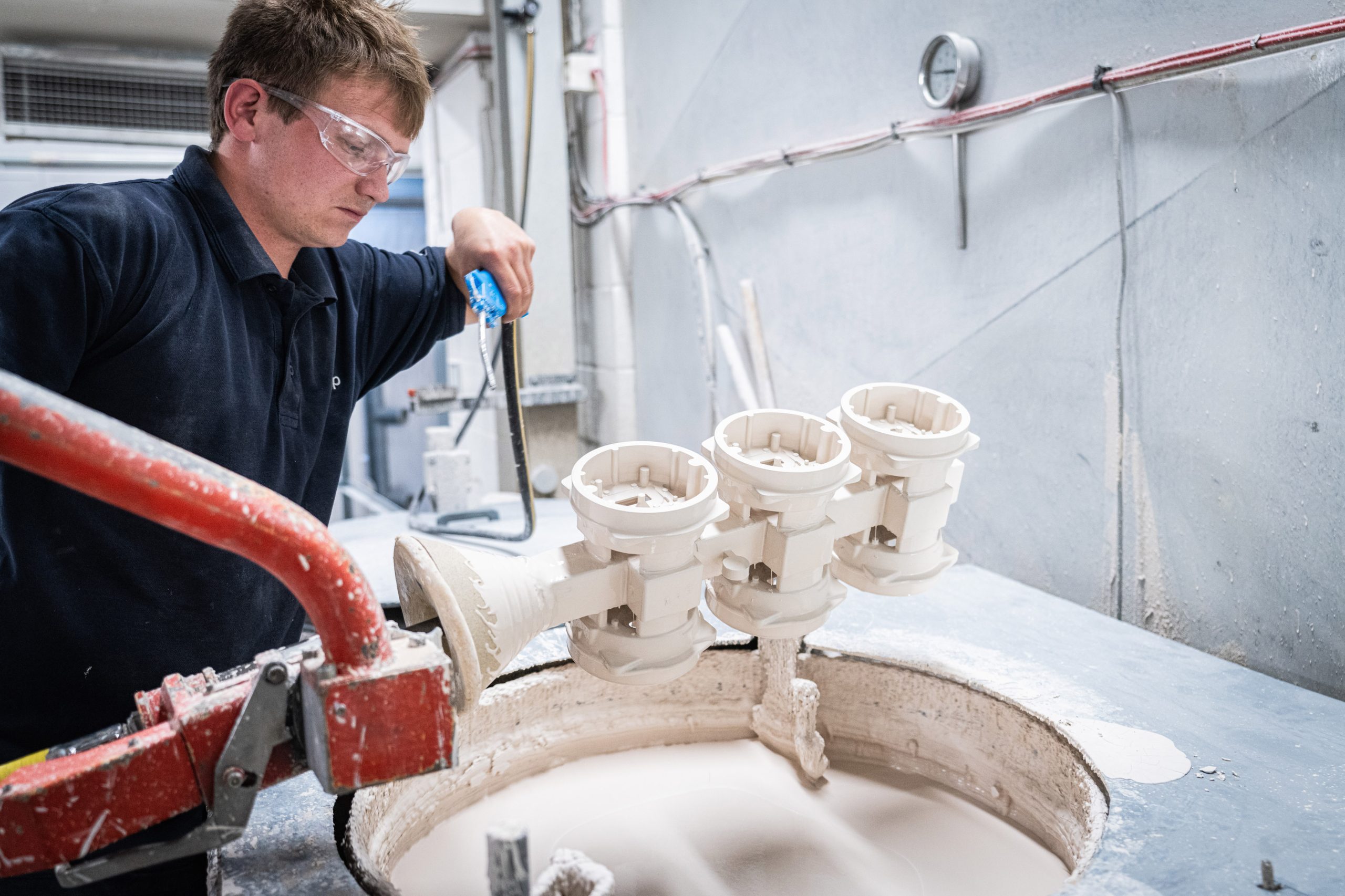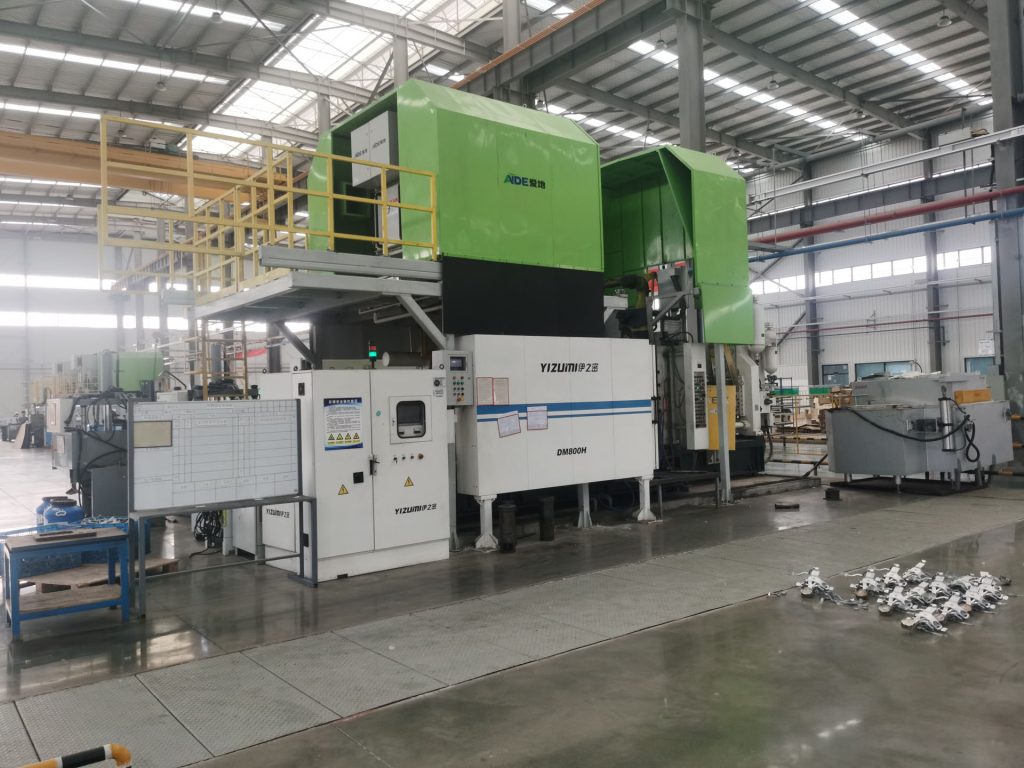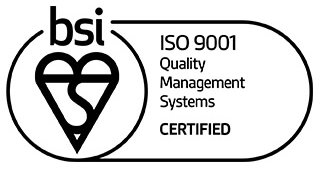Pressure Die Casting
Capabilities
High-pressure die casting is a means of mass-producing low-temperature metallic components with a high degree of precision and repeatability. Unlike gravity die casting, the process is automated, and the liquid metal or alloy is injected under high force into a hardened steel tool. This means pressure die casting can be performed at a low per-unit cost in longer production runs, which soon makes up for higher initial tooling costs.

Contact Dean Group International for a Quote
To find out more about our high-pressure die casting process, or to get a quote for your project, please get in touch with us on 0161 775 1633 or submit your enquiry online.
What are the Benefits of High-Pressure Die Casting?
Components produced by pressure die casting are known for their exceptional dimensional accuracy and smooth surface finish. Walls can be cast with thicknesses below 3mm and surface roughness below 1.5 Ra, which also reduces secondary machining costs. Due to the automated nature of the process, there is less design flexibility than with the gravity process. Because the metal or alloy is injected under high pressure – generally over 10,000psi – the mould is filled rapidly, and solidification results in components with high fatigue strength and a fine grain structure. Injecting the metal under pressure also has the advantage of minimising metal loss to spillage and speeding up production times.
The metal dies used need to be more resilient than those used in gravity die casting, partly due to the pressures involved but mainly due to the potential for much higher throughput. Because of this higher production requirement, the wear, and the associated heat produced, the tooling usually incorporates a water cooling system, which can mean a higher initial outlay. However, this investment has to be considered against the extended tool life, the process repeatability and the ease with which it can be left to automation.

Pressure die-casting tools are made from hardened steel. They need to be in order to withstand the constant high temperatures of the molten metal being injected/poured into them. Pressure die casting cannot be used with a high melting point alloy. The high temperatures of the process would destroy all the equipment. Pressure die-casting moulds are made from standard hardened steel and will likely be anywhere between 30,000 shots to 60,000 shots, depending on how complex the part is.
What is Pressure Die Casting Suitable for?
Copper-Based Alloys & Aluminium Pressure Die Casting
Pressure die casting also allows for the casting of magnesium alloys, which are being used more and more in the car manufacturing industry.
What does the Pressure Die Casting process involve?
We use computer-aided design (CAD) technology to produce a 3D model of your component as the first step in the die casting process.
This 3D model is then fed into a CNC 4-5 axis machine. A large hardened steel block will be entered into the machine, and the CNC machine will then cut the block back as stated in the 3D model fed into it.
After successful flow simulations have been achieved, the 3D model is used to produce the two die halves of the tooling. The tooling also incorporates an “ejector” system, used to free the component from the tooling between the casting cycles.
The die halves, made from hardened steel, are secured to the casting machine, one fixed and one on the moving hydraulic ram, cleaned and lubricated with release agent, before being closed under hydraulic force.
The mould will remain clamped as the liquid metal is injected. Molten metal is decanted from a defined source on or close to the machine, often by a robotic arm and is injected under high pressure into the cavity.
The metal is allowed to cool and solidify within the mould to take on its shape and form. The pressure is maintained throughout the cooling period, the length of which depends on the thermodynamic properties of the metal used. The tool is then opened under the machine cycle, and the part is ejected.
A certain amount of force is required for ejection, as parts can shrink and stick to the mould during cooling. This may result in small ejector pin marks, which should be considered at the design stage in order to ensure they are either removed by post-processing or located in a non-functional area.
Contact Dean Group International for Your Investment Casting Quote
Registered in England VAT No: 146307478 Company Registration No: 1062820




